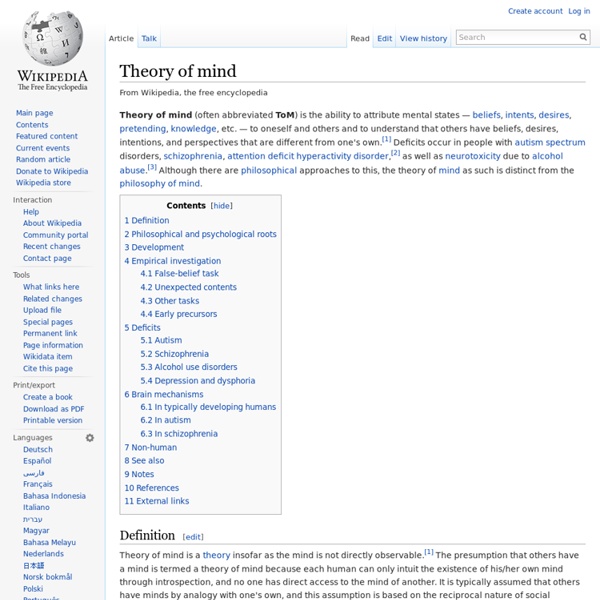American Psychological Association (APA)
10 Ways Our Minds Warp Time
How time perception is warped by life-threatening situations, eye movements, tiredness, hypnosis, age, the emotions and more… The mind does funny things to our experience of time. Just ask French cave expert Michel Siffre. In 1962 Siffre went to live in a cave that was completely isolated from mechanical clocks and natural light. When he tried to measure out two minutes by counting up to 120 at one-second intervals, it took him 5 minutes. But you don’t have to hide out in a cave for a couple of months to warp time, it happens to us all the time. 1. People often report that time seems to slow down in life-threatening situations, like skydiving. But are we really processing more information in these seconds when time seems to stretch? To test this, Stetson et al. (2007) had people staring at a special chronometer while free-falling 50 metres into a net. 2. We’ve all experienced the fact that time seems to fly when we’re having fun. 3. 4. 5. 6. 7. 8. 9. 10. Time is relative
Your taxes: What you pay and what you get back
x These figures put all the households in the UK into one of ten equally-sized groups, or deciles. The bottom have the least disposable income, the top have the most. The 'average disposable income' means the household income leftover after direct taxes have been paid and this figure has also been equivalised. This means it has been weighted to allow comparisons between small and large households to be made easily. x Here, tax includes both direct and indirect taxes. x These figures are averages for each decile, so it is possible that no one in your particular household receives them. x The balance is the sum left after tax paid has been taken away from money received in benefits.
15 styles of Distorted Thinking
15 styles of Distorted Thinking Filtering: You take the negative details and magnify them while filtering out all positive aspects of a situation. Polarized Thinking: Things are black or white, good or bad. You have to be perfect or you're a failure. There is no middle ground. Checklist for Hidden Anger Procrastination in the completion of imposed tasks.
Consciousness
Representation of consciousness from the seventeenth century At one time consciousness was viewed with skepticism by many scientists, but in recent years it has become a significant topic of research in psychology, neuropsychology and neuroscience. The primary focus is on understanding what it means biologically and psychologically for information to be present in consciousness—that is, on determining the neural and psychological correlates of consciousness. The majority of experimental studies assess consciousness by asking human subjects for a verbal report of their experiences (e.g., "tell me if you notice anything when I do this"). Etymology and early history[edit] John Locke, British philosopher active in the 17th century A related word was conscientia, which primarily means moral conscience. In the dictionary[edit] Philosophy of mind[edit] The philosophy of mind has given rise to many stances regarding consciousness. The coherence of the concept[edit] Types of consciousness[edit]
Healthy Food Combinations: Men
Tomatoes are rich in lycopene, a pigment-rich antioxidant known as a carotenoid, which reduces cancer risk and cardiovascular disease. Fats make carotenoids more bioavailable, a fact that makes a strong case for adding tomatoes to your guacamole. "This also has a Mediterranean cultural tie-in," says registered dietitian Susan Bowerman of California Polytechnic State University. "The lycopene in tomato products such as pasta sauce is better absorbed when some fat (e.g., olive oil) is present than if the sauce were made fat free." This may also explain why we love olive oil drizzled over fresh tomatoes. And when it comes to salads, don't choose low-fat dressings.
Mind
A phrenologicalmapping[1] of the brain. Phrenology was among the first attempts to correlate mental functions with specific parts of the brain. A mind /ˈmaɪnd/ is the set of cognitive faculties that enables consciousness, perception, thinking, judgement, and memory—a characteristic of humans, but which also may apply to other life forms.[3][4] A lengthy tradition of inquiries in philosophy, religion, psychology and cognitive science has sought to develop an understanding of what a mind is and what its distinguishing properties are. Important philosophers of mind include Plato, Descartes, Leibniz, Kant, Martin Heidegger, John Searle, Daniel Dennett and many others. Etymology[edit] The original meaning of Old English gemynd was the faculty of memory, not of thought in general. The meaning of "memory" is shared with Old Norse, which has munr. Definitions[edit] Which attributes make up the mind is much debated. Mental faculties[edit] Mental content[edit] Memetics[edit] Relation to the brain[edit]



